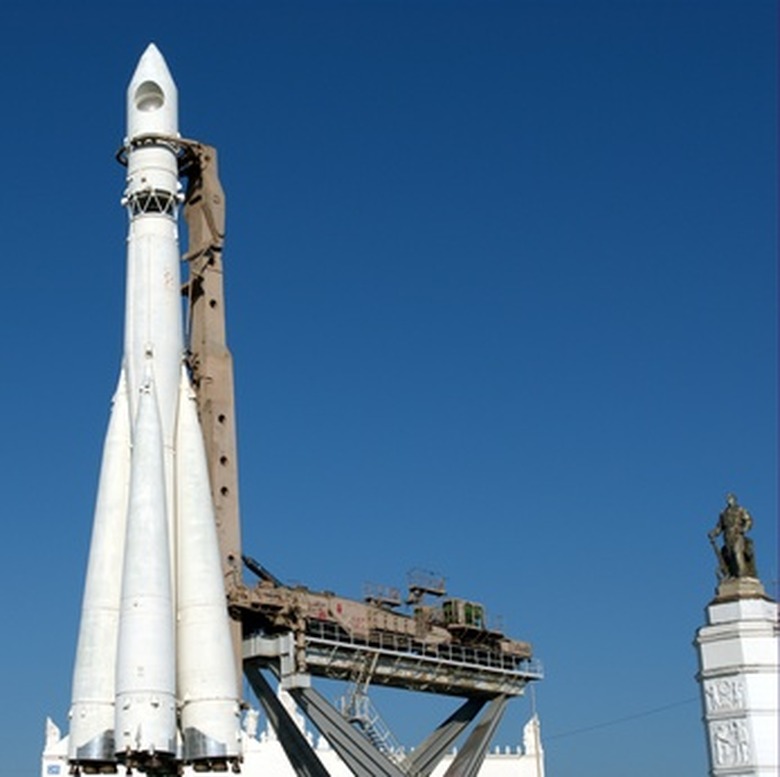Ideas For Newton Scooters
Newton scooters are small, four-wheeled vehicles that move based on the principle of Newton's third law of motion–that every action has an equal and opposite reaction. Typically, a balloon acts as the means of propulsion, expelling air in one direction and moving the scooter in the other. Their ease of construction makes them a popular science project and, with the application of a few tips, they can serve as sleek, impressive real life demonstrations of the physics of motion.
Use a Large, Aerodynamic Balloon
Use a Large, Aerodynamic Balloon
The balloon is the scooter's only means of propulsion, so a larger balloon capable of holding more air will provide more thrust, moving the vehicle further and faster. An elongated balloon positioned parallel to the scooter's body will provide the least amount of friction as it passes through the air around it. Round or spherical balloons will expose more surface area to friction as the scooter moves, slowing the vehicle and diminishing its effectiveness.
Inflate the Balloon as Much as Possible
Inflate the Balloon as Much as Possible
Without popping the balloon, fill it with as much air as it can hold. The surface should be taut enough to expel air through the balloon's stem with as much force as possible. An under-inflated balloon will provide too little thrust to move the vehicle in any significant way.
Attach a Drinking Straw to the Balloon
Attach a Drinking Straw to the Balloon
A drinking straw sealed into the stem of the balloon will direct the expelled air in a tighter, more defined direction and provide controlled, directional thrust as the propelled vehicle moves forward. An identical Newton scooter without this means of direction will see the stem of its balloon moving slightly and randomly as air is expelled, applying less of the balloon's energy to the act of moving the vehicle directly forward.
Reduce the Scooter's Mass
Reduce the Scooter's Mass
To keep the mass of the Newton Scooter down, use light materials and create little more than a skeletal frame in which to house the balloon. The lower mass of the scooter will not only allow the force of the expelled air to push the vehicle further, but the lack of notable surface area will diminish friction as the scooter moves through the air, reducing drag that would otherwise slow the vehicle down.
Cite This Article
MLA
Callahan, Rob. "Ideas For Newton Scooters" sciencing.com, https://www.sciencing.com/ideas-newton-scooters-6062131/. 24 April 2017.
APA
Callahan, Rob. (2017, April 24). Ideas For Newton Scooters. sciencing.com. Retrieved from https://www.sciencing.com/ideas-newton-scooters-6062131/
Chicago
Callahan, Rob. Ideas For Newton Scooters last modified March 24, 2022. https://www.sciencing.com/ideas-newton-scooters-6062131/
